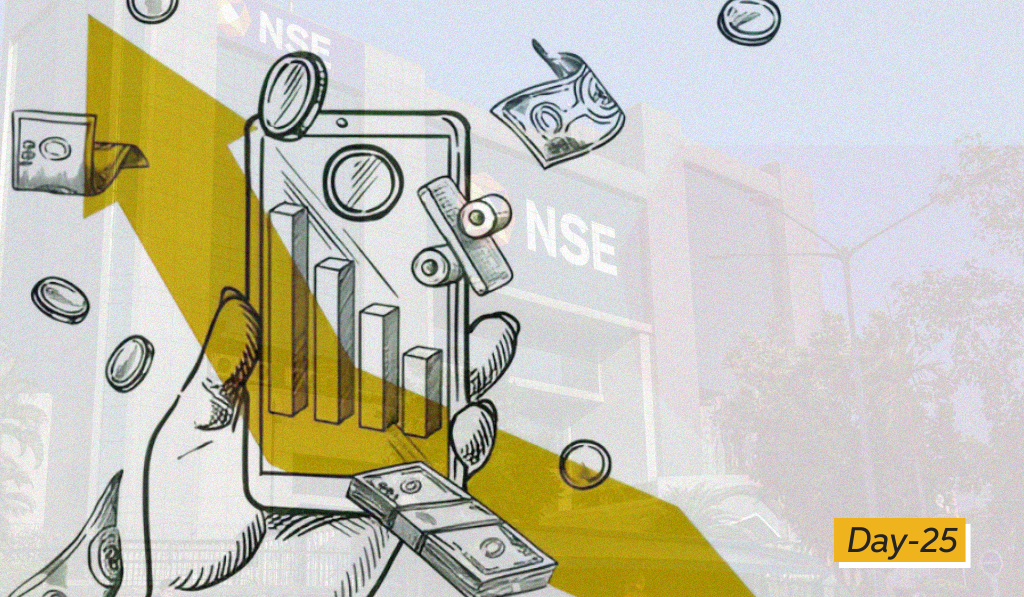Introduction
Market Psychology and Sentiment Analysis are key to understanding the emotional and psychological factors that influence market participants. These aspects often drive market movements beyond the scope of fundamental and technical analysis. Mastering this can help traders anticipate irrational behavior and make informed decisions. Here’s a breakdown of the most critical components.
1. Investor Sentiment
- What it is: Reflects the mood of market participants—bullish (optimistic) or bearish (pessimistic).
- Example: Tools like the Fear and Greed Index can gauge market sentiment.
- Why it matters: Extreme optimism signals a market top, while extreme pessimism often marks a bottom.
2. Herd Behavior
- What it is: The tendency of people to follow the crowd without sufficient reasoning.
- Example: In 2021, retail investors flocked to buy GameStop shares during the meme stock craze.
- Why it matters: Herd behavior can lead to unsustainable bubbles or sudden crashes.
3. Emotional Drivers of Markets
- Fear: Triggers panic selling during market downturns, accelerating declines.
- Example: The 2008 financial crisis saw widespread panic selling.
- Greed: Encourages excessive buying, often inflating market bubbles.
- Example: The late 1990s dot-com bubble fueled by greed.
4. Market Cycles and Psychology
- What it is: Market cycles reflect changing investor emotions:
- Accumulation: Experienced investors buy after a crash.
- Public Participation: Optimism grows, and more investors buy, pushing prices higher.
- Distribution: Smart investors sell at the top during euphoric conditions.
- Decline: Panic selling sets in as prices drop.
- Why it matters: Recognizing the cycle phase helps avoid emotional decision-making.
5. Contrarian Indicators
- What it is: Contrarian investors do the opposite of the majority—buying when others are fearful and selling when others are greedy.
- Example: High optimism may signal a reversal is near.
- Why it matters: Contrarian strategies often capitalize on extreme market sentiment.
6. Behavioral Biases
- Overconfidence Bias: Overestimating one’s trading skills.
- Example: Thinking you can consistently predict market moves.
- Loss Aversion: Avoiding losses at all costs, even if it means holding onto bad trades.
- Anchoring Bias: Clinging to outdated beliefs despite new evidence.
- Example: Refusing to sell a declining stock based on its past value.
- Recency Bias: Overemphasizing recent trends.
- Example: Believing a rising stock will always go up.
7. Impact of News and Events
- What it is: News headlines and unexpected events amplify market emotions.
- Example: A disappointing earnings report can trigger irrational sell-offs.
- Why it matters: Separating facts from emotions helps you avoid impulsive trades.
8. Technical Indicators for Sentiment
- Put/Call Ratio: High values indicate fear, while low values suggest greed.
- VIX (Volatility Index): Known as the “fear index,” it spikes during uncertainty.
- Example: A rising VIX often coincides with market downturns.
9. Volume Analysis
- What it is: High trading volumes reflect heightened emotional activity.
- Example: A surge in volume during a price drop suggests panic selling.
- Why it matters: Volume confirms trends and potential reversals.
10. Application of Sentiment Analysis
- What it is: Combining sentiment insights with technical and fundamental analysis.
- Example: If sentiment is overly bullish and the market is overbought, it’s often a signal to sell.
- Why it matters: Sentiment analysis provides a psychological edge in trading.
Conclusion
Understanding market psychology empowers you to anticipate irrational behavior, avoid emotional trading, and leverage sentiment to time your trades effectively. By mastering these principles, you can navigate the markets more confidently and profitably.










